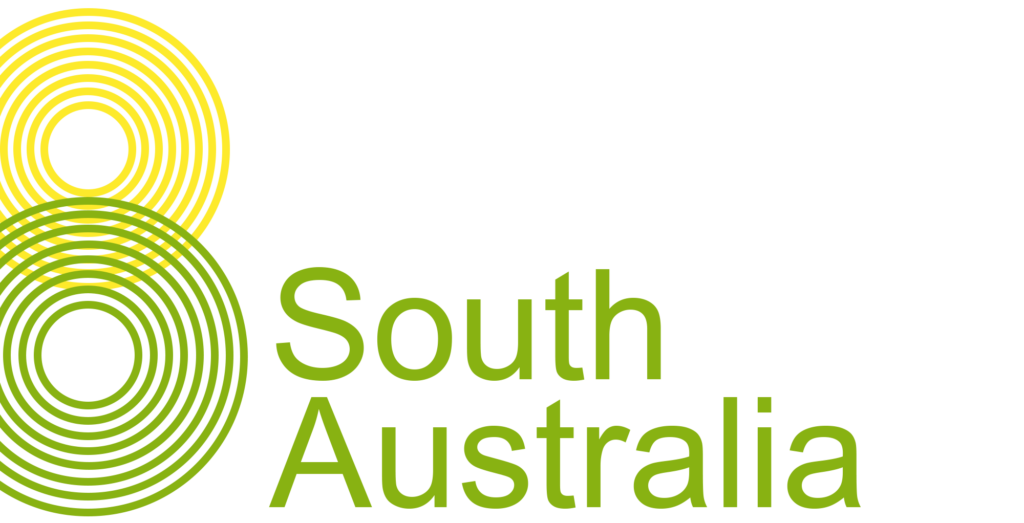
Dead in Shell
Dead in shell is a condition that can occur in budgerigars where an egg fails to hatch and the developing chick inside dies. This can be a frustrating and disappointing experience for bird breeders, especially when it occurs in a clutch of otherwise healthy eggs. Understanding the causes and prevention of dead in shell can help breeders minimize its occurrence and increase the chances of successful hatching.
Contributing Factors
 There are several factors that can contribute to dead in shell. One of the most common causes is bacterial infection. The bacteria is introduced into the egg through the porous shell, and multiplies, causing harm to the developing embryo. Staphylococcal infection is one type of bacterial infection that causes dead in shell in budgerigars. Breeders can take steps to prevent bacterial infection by keeping the breeding area clean and practicing good hygiene.
There are several factors that can contribute to dead in shell. One of the most common causes is bacterial infection. The bacteria is introduced into the egg through the porous shell, and multiplies, causing harm to the developing embryo. Staphylococcal infection is one type of bacterial infection that causes dead in shell in budgerigars. Breeders can take steps to prevent bacterial infection by keeping the breeding area clean and practicing good hygiene.
Another possible cause of dead in shell is genetic abnormalities. Some budgerigars may carry genes that affect their ability to develop normally, and this can result in eggs that do not hatch. Breeding pairs are carefully selected to avoid breeding birds that carry these genetic abnormalities.
Nutritional deficiencies can also cause dead in shell. Budgerigars require a balanced diet with adequate levels of vitamins and minerals to support healthy egg development. Breeders should provide a variety of fresh fruits and vegetables along with a high-quality commercial bird seed mix to ensure that their birds receive proper nutrition.
Environmental factors can also play a role in dead in shell. Budgerigars need a stable and consistent environment to thrive, and sudden changes in temperature or humidity can stress the birds and affect egg development. Breeders must provide a comfortable and secure nesting area that protects from drafts and temperature changes.
Identifying an Egg that is Dead In Shell
One challenge of dead in shell is that it can be difficult to detect until it is too late. However, there are some signs that breeders can look for to indicate that an egg may be dead in shell. These include an egg that does not hatch after the expected incubation period, an egg that does not develop or grow, or an egg that appears to be leaking or oozing.
Conclusion
Preventing this condition requires a proactive approach that addresses all potential causes. Firstly, breeders should maintain a clean and hygienic environment, before carefully select breeding pairs. Secondly, fanciers must provide proper nutrition and a stable environment, and monitor eggs closely for signs of trouble. With these steps in place, breeders can increase the chances of successful hatching and enjoy healthy, happy budgies.
